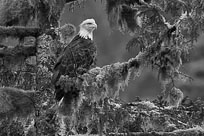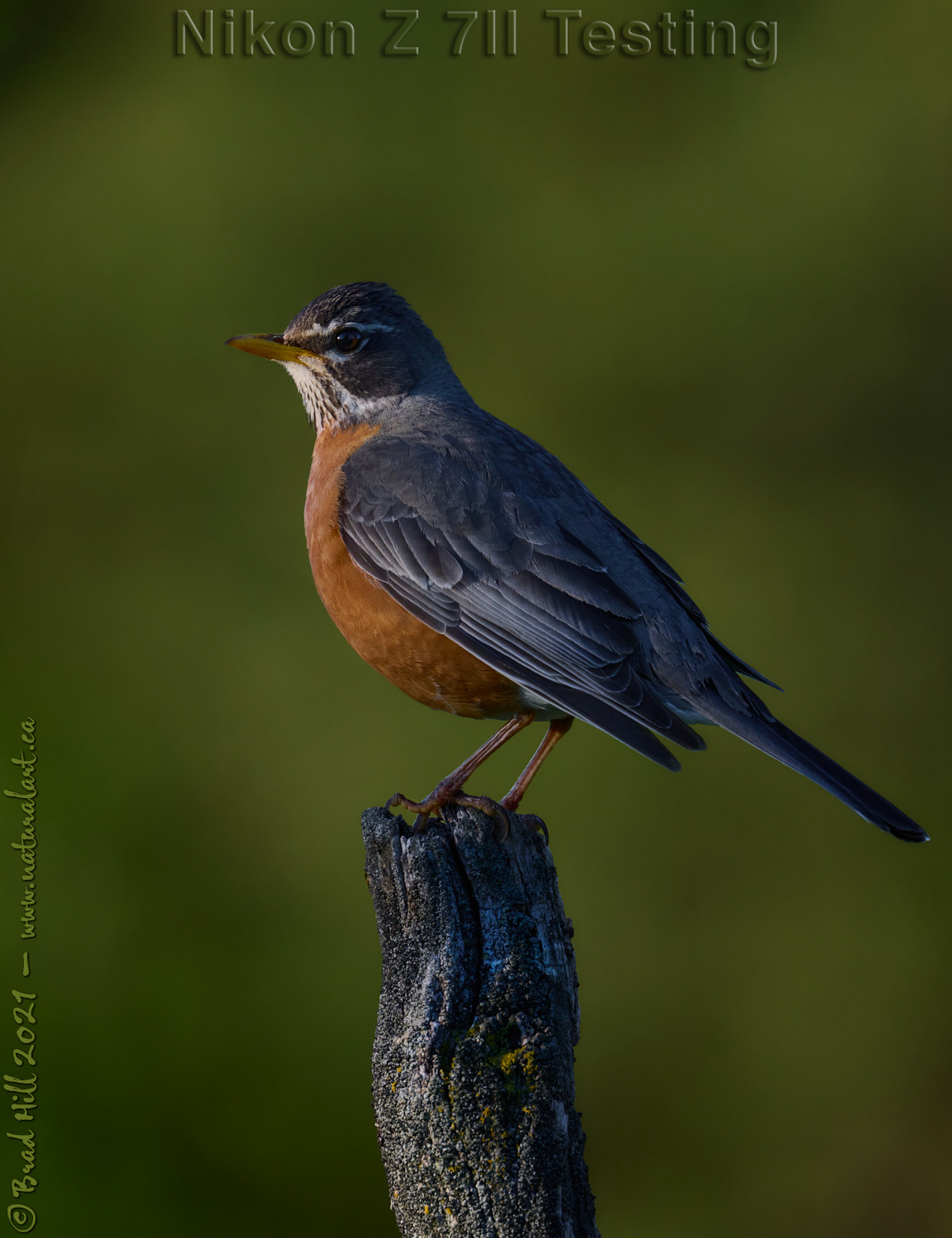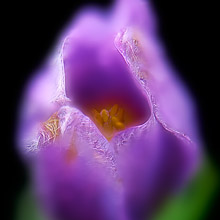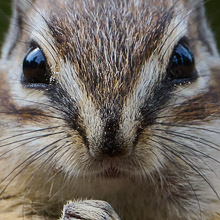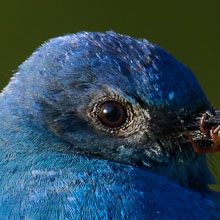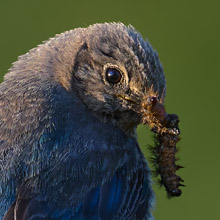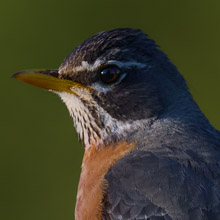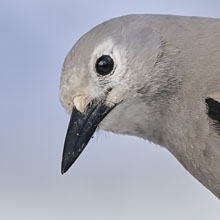Availability: Undetermined - Enquiries?
In the Field
Z 7II Testing - American Robin @ Sunrise. Findlay Creek Region (East Kootenays), British Columbia, Canada. June 2, 2021.
This is one more gallery post relating my experiences with shooting wildlife using the Nikon Z 7II. And this one is of an American Robin - a species that many North Americans probably wouldn't ever raise a camera for, but folks from other continents may find quite striking. While I certainly have favourite species and groups of species to work with (if you're thinking "carnivores" you wouldn't be far off) I do try to avoid "species-ism" and instead focus on the quality and beauty of the scene...regardless of the name of the species. Two aspects of this shot merit further comment...
First, this shot to me was one more reminder about the absolutely critical role light plays in turning a ho hum image (of a common species in this case) into a pretty eye-catching image. While this seems like a trivial and self-obvious point, I find it surprising how often wildlife photographers (of all levels) get so fixated on "bagging" certain species on their list that they completely forget about the fact that almost all species on this planet have already been photographed...and the real trick is to capture their subject in great light. If I had a dollar for every time I heard "Look, there's a bear...let's get closer" (with nary a thought about the best light angle) I'd be a much less poor man! ;-)
Second, this shot is another example of how darned well teleconverters (TC's) perform when used on a mirrorless body (of course, what lens is used plays a role too...but regardless of the lens in use you definitely get better TC performance if the body in question is a Z-series camera). In this case I used Nikon's TC-20EIII (2x) teleconverter paired with Nikon's 500mm PF lens - and the body was a Z 7II. Now almost everyone who has used Nikon's older 2x teleconverter (the TC-20EII) and the newer version (the TC-20EIII) knows that the newer one is a whole lot better. But, in all honesty, that wasn't saying much...the older version was OK for "documentary" shots but many found its best use was as a paperweight. But personally I found I could get acceptable image quality out of only two lenses (the 400mm f2.8E and the 300mm f2.8G VR) if I was shooting the lens/TC combo on a DSLR.
But, to date, I have found I can get just excellent quality out of every super-telephoto lens (zoom or prime) I pair with the TC-20EIII provided the body in use is a Z 6II or Z 7II (and presumably a Z 6 or Z 7 as well, tho' I haven't tried those bodies with TC's). The lenses I have tried with the newer 2x TC until now include the Nikkor 500mm f5.6E PF, the Nikkor 120-300mm f2.8E, and the Nikkor 180-400mm f4E...and all have produced just great results. Right now these 3 lenses are ALL the "long" lenses I currently own...but when given the chance I'll definitely try the 2x TC with other lenses (on my Z 6II and Z 7II)...I suspect I am going to find the same thing.
It's incredibly nice to have my TC-20EIII available as a real option in the field. Definitely NOT just a paperweight! ;-)
Here's a considerably larger version (4800 pixel) of this common but striking songbird:
• Z 7II Testing - American Robin @ Sunrise: Download 4800 pixel image (JPEG: 4.4 MB)
ADDITIONAL NOTES:
1. This image - in all resolutions - is protected by copyright. I'm fine with personal uses of them (including use as desktop backgrounds or screensavers on your own computer), but unauthorized commercial use of the image is prohibited by law. Thanks in advance for respecting my copyright!
2. Like all photographs on this website, this image was captured following the strict ethical guidelines described in The Wildlife FIRST! Principles of Photographer Conduct. I encourage all wildlife photographers to always put the welfare of their subjects above the value of their photographs.
Behind the Camera
Z 7II Testing - American Robin @ Sunrise. Findlay Creek Region (East Kootenays), British Columbia, Canada. June 2, 2021.
Compressed RAW (NEF) 14-bit format; ISO 1100.
Nikon Z 7II paired with Nikkor 500mm f5.6E PF plus TC-20EIII (2x) teleconverter (total focal length of 1000mm). Supported on Jobu Algonquin tripod with Jobu HD Mk IV gimbal head. VR on and in Sport mode. Single Area AF area mode.
1/320s @ f14; -0.67 stop compensation from matrix-metered exposure setting.
At the Computer
Z 7II Testing - American Robin @ Sunrise. Findlay Creek Region (East Kootenays), British Columbia, Canada. June 2, 2021.
RAW Conversion to 16-bit PSD file (and JPEG files for web use), including all global and selective adjustments, using Phase One's Capture One Pro 21. No global adjustments were made to this image. Selective local adjustments performed using Capture One Pro's layers and masking tools. In this case selective adjustments were made on 7 separate layers and included one or more tweaks to brightness, blacks, shadows, clarity, colour (via the Color Editor), and structure (which is a Capture One thing).
Photoshop modifications were limited to the insertion of the watermark and/or text.
Conservation
Z 7II Testing - American Robin @ Sunrise. Findlay Creek Region (East Kootenays), British Columbia, Canada. June 2, 2021.
Species Status in Canada*: This species is not designated as at risk.
The American Robin (Turdus migratorius) is the largest of North American thrushes. Additionally, it has the widest distribution and is the most abundant of all the thrushes. Add in its comfort with urban and backyard appearances and its loud, musical song and it becomes of North Americas most recognizable birds. Common, familiar and cool the American Robin has been described as "America's favourite songbird".
From an ecological perspective the American Robin is also very impressive. It is equally comfortable in urban and natural settings, from sea level to high in the alpine, and most everywhere in between.
The vast majority of Robin breeding populations are stable or increasing across North America. In 2019 the Partners in Flight database estimated the North American population at 370 million individuals, making it the most abundant bird in North America (ahead of Red-winged Blackbirds, European Starlings, and Mourning Doves).
*as determined by COSEWIC: The Committee on the Status of Endangered Wildlife in Canada










